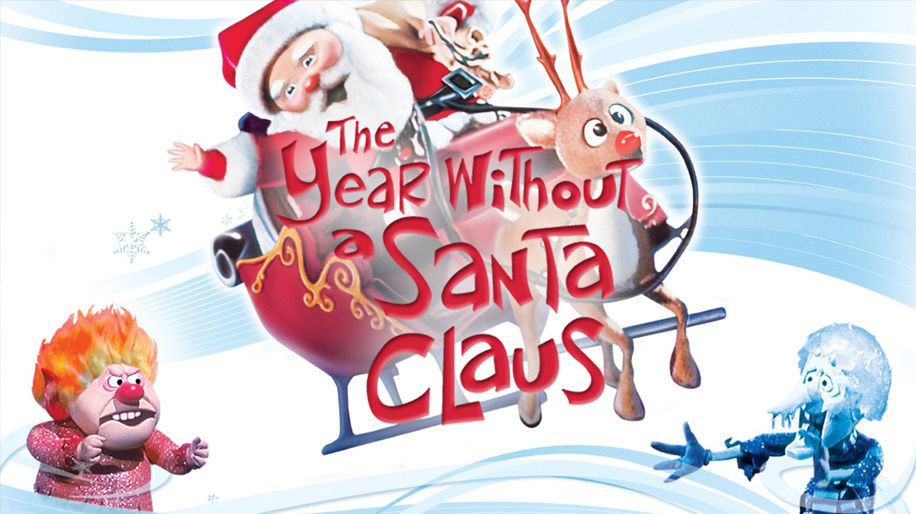
Edgar Wright is the kind of virtuoso director that gives action cinema a good name. In his hands, chases nimbly streak down city streets and fights are a symphony of intertwined punches and gun shots – when characters move, you have no choice but to pay attention, due to the sheer kineticism of his storytelling.
After bringing that contagious exuberance to his British Cornetto Trilogy – Shaun of the Dead, Hot Fuzz, and World’s End – he’s turned his focus stateside with his new film Baby Driver, a crime caper set in Atlanta. Fortunately, the change in setting doesn’t detract one bit from his trademark manic energy. And in fact, a special new element is added to his usual tale of a good guy trying to get out of a tough scrape – the vroom vroom of a car’s engine and the call of the open freeway.
Our good guy here is Baby, played with an appealing sweetness by Ansel Elgort. He’s in that arrested development place where he’s not a kid anymore, but still hasn’t assumed the heavy yoke of adulthood. But Baby’s not a typical 20 year old – instead of dealing with nagging parents or student loans, he lives with his deaf foster father (played by real-life deaf stand-up comedian CJ Jones) and works as the getaway-car driver for a crime syndicate headed up by Kevin Spacey’s Doc. And man can this kid drive. The opening heist, involving him and some bank robbers in a high-speed pursuit from what seems like every unit the Atlanta PD can deploy, involves so many break-neck turns and close calls, the audience I saw the film with broke into spontaneous applause at its conclusion. There’s no CGI on the screen, so it looks amazingly real (not too fast or too furious, if you get my meaning), so you’re gripping your armrest and holding your breath as they take another tight corner at over 100 mph.
Now that’s telling you a lot about the scene, but I still haven’t even mentioned the most important part – that the whole spectacle is set to “Bellbottoms” by the Jon Spencer Blues Explosion – a righteous jam that builds with the chase’s intensity and sets the stage for what is probably one of the most impressive fusions of visuals and music in modern cinema. As song after song rolls through with each scene (and you will be buying the soundtrack, so just go ahead and factor it into your budget now), sounds from the movie’s action are cut in to the beat – and not just the sounds you might expect like the swish of windshield wipers or the reloading of a glock – all the little noises we don’t normally register, as someone makes a peanut butter sandwich or sets down a thick stack of money, are incorporated too. It takes the concept of “diegetic” sound to a whole new level.
See, Baby always has a song playing in his head, usually through his earbuds, which start to just feel like an extension of his body – like the endless sunglasses and Ipods he shuffles through. He has to in order to drown out the ringing in his ears – a bothersome symptom of the tinnitus he got in a car crash years ago – the same crash killed his parents and resulted in him ending up in a kind of indentured servitude to crime boss Doc. The funky soundtrack drowns out something else for Baby too – the cries of the victims and bystanders who actually get hurt as a rotating cast of more hardened criminals – played with some really fun scenery-chewing by Jon Hamm, Jamie Fox, Jon Bernthal and more – enact Doc’s elaborate robberies. We see that Baby isn’t cut out for that life from the beginning – he’s the guy who goes out of his way to throw the old lady’s purse back to her, even as he steals her car to get away. But however loud he turns up the volume, he can’t deny that he is a part of it. And the moment he meets Lily James’ Deborah, a lovely and equally wide-eyed waitress with a yearning to get out of town, it all becomes about how he can leave behind the fast lane, for a shot at a normal life with her.
And so it becomes Baby and Deborah vs. the world. Someone calls them “Bonnie and Clyde” at one point and the movie does develop that romantic, fatalistic drive. How can their young love, which feels so pure, survive in a place where everything feels a little bit…well, bananas. Luckily they have Edgar Wright’s vision to keep them moving, one step ahead of the cops and robbers, and luckily we have him to keep us on the edge of our seats, toes tapping for the whole ride.

Movie
‘Mufasa: The Lion King’ Will Leave You Breathless

“Mufasa: The Lion King” is a visually stunning addition to the beloved Lion King franchise, offering a fresh and emotionally resonant take on the origins of one of Disney’s most iconic characters. The film beautifully explores Mufasa’s journey, balancing heartfelt moments with touches of comedy that lighten the mood and make the story accessible to audiences of all ages. The animation is breathtaking, capturing the vibrant landscapes and lush environments of the Pride Lands, adding depth to Mufasa’s character and his relationships.
The storytelling is compelling, effectively pulling at the heartstrings while providing insights into Mufasa’s character before he becomes the legendary king. However, the setup for Scar’s betrayal feels somewhat underdeveloped, lacking the deeper motivation that could have enriched their complex brotherly relationship. This missed opportunity leaves a slight gap in understanding Scar’s actions, which could have elevated the dramatic stakes.
The musical score is impressive, featuring memorable songs that enhance the emotional impact of pivotal scenes. While there are several standout tracks, one song, in particular, resonates deeply and is sure to linger in viewers’ minds long after the credits roll. Overall, “Mufasa: The Lion King” is an amazing film and a worthy addition to the Lion King lore that manages to deliver both laughter and tears, offering a rich tapestry of storytelling that fans will appreciate.
Movie
Is ‘Kraven the Hunter’ a Total Letdown?

“Kraven the Hunter,” directed by J.C. Chandor, aims to introduce a beloved Spider-Man villain to the big screen, but unfortunately, it falls short of expectations. The film suffers from noticeable issues, notably an overuse of ADR (Automated Dialogue Replacement), which detracts from the authenticity of the characters’ interactions and contributes to an uneven audio experience. This technical flaw is compounded by rough storytelling that feels disjointed and lacking in coherence, leaving viewers struggling to connect with the narrative.
Aaron Taylor-Johnson delivers a commendable performance as Kraven, showcasing the character’s gritty nature and complex motivations. His portrayal has potential, and it’s evident that he could elevate the character far beyond what is presented with a stronger script and direction. However, the absence of Spider-Man, a central figure in Kraven’s lore, leaves a void that the film struggles to fill. Without this critical connection, the plot meanders and fails to create the tension or stakes that fans of the superhero genre crave.
Additionally, including Rhino as a villain feels like a missed opportunity; he is presented more as a gag character with limited screen time, undermining any sense of threat or depth. For the average moviegoer, “Kraven the Hunter” might entertain but ultimately feels like a mediocre viewing experience. Comic book fans, however, may find disappointment in this lackluster attempt to create a solo character film. Instead of an exhilarating dive into Kraven’s world, the film presents a watered-down version, leaving audiences wishing for a more cohesive vision that honors its comic book roots.
Movie
A Brief Review and History of A Year Without a Santa Claus

A Year Without a Santa Claus, the 1974 stop-motion holiday classic produced by Rankin/Bass, is a heartwarming and whimsical tale that has cemented its place in holiday traditions. Based on Phyllis McGinley’s 1956 book, the story revolves around a disheartened Santa Claus who, feeling unappreciated, decides to take a year off from his Christmas duties. It’s up to Mrs. Claus and a pair of well-meaning elves, Jingle and Jangle, to reignite the Christmas spirit and show Santa the world’s unwavering belief in him.
The movie is beloved for its unforgettable characters, especially the bickering Miser Brothers, Snow Miser and Heat Miser. Their catchy, vaudeville-style musical numbers, “Snow Miser Song” and “Heat Miser Song”, are so iconic they’ve become cultural touchstones, often parodied and celebrated decades later.
Directed by Arthur Rankin Jr. and Jules Bass, the film continues the duo’s tradition of stop-motion magic, blending heartfelt storytelling with quirky humor. The voice cast, featuring Mickey Rooney as Santa and Shirley Booth as Mrs. Claus, delivers standout performances. Booth’s warm narration was her final acting role before retirement, adding a layer of poignancy to the film.
Initially released on December 10, 1974, on ABC, the special didn’t immediately achieve the legendary status of Rudolph the Red-Nosed Reindeer. However, it gained a dedicated following through annual holiday airings, nostalgic appeal, and its distinct charm.
The film’s themes of hope, unity, and rekindling joy remain timeless, making it a perennial favorite for audiences of all ages. Its blend of humor, catchy songs, and a touching message about believing in magic and goodwill ensures its enduring legacy during the holiday season.
For fans of holiday classics, A Year Without a Santa Claus is a must-watch that never fails to warm hearts and spread cheer.

